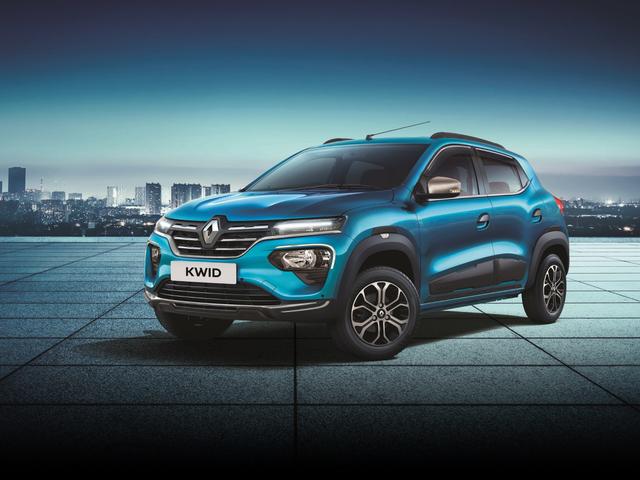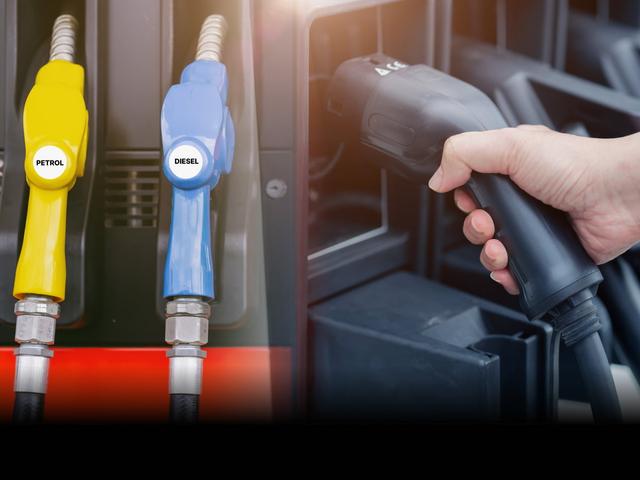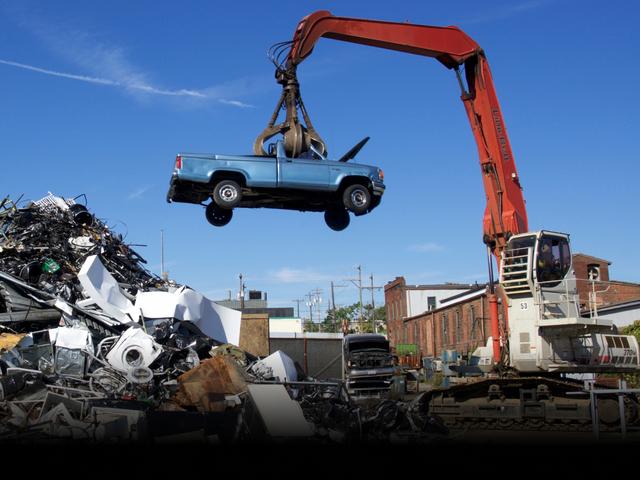In India, a valid driving licence is the single most important document that you need to drive a vehicle on the road. It is your passport to explore the bustling traffic, the scenic landscapes, and the multitude of various adventurous routes the country has to offer. The driving licence acts as legal proof of the driver’s skills, knowledge, and physical capability to safely operate a vehicle on public roads and within the ambit of traffic rules and laws. Driving without a driving licence is illegal and can lead to hefty fines or even imprisonment. However, applying for and acquiring a driving licence in India is extremely easy and affordable. Below, we will take a look at the kinds of driving licences, driving licence fee structures and other associated costs under Indian law in 2025.
Types of Driving Licences in India
The different types of driving licences that are issued in India are as follows:
1) Learner’s Licence
A learner’s licence or permit is given to people who are learning to drive. This licence grants them the right to drive a vehicle under the guidance and supervision of a qualified driver. To get a learner’s licence, applicants must be at least 18 years of age. Next they must submit an application along with the necessary documents of proof and take an online test that evaluates their knowledge of basic traffic rules, road signs and safe driving practices. Once the learner’s licence is issued, an applicant has to wait 30 days before applying for a driving licence. This time is provided for the applicants to practice and improve their driving skills and familiarise themselves better with road signs and safety regulations in order to prepare for the permanent driving licence test.
2) Permanent Driving Licence
A permanent licence for light and non-transport vehicles is granted to individuals who successfully clear the driving test conducted by the RTO. The minimum age required to apply for a permanent driving licence is 18 years. This licence is the legal authorisation that establishes the licence holder as a proficient driver of light motor vehicles, possessing the required knowledge of traffic rules and road signs. Light motor vehicles include two-wheelers, and passenger cars and other non-transport vehicles. A permanent driving licence has a validity of 20 years from its date of issue or till the licence holder turns 40, whichever occurs earlier. On expiry, one must renew the driving licence, which may include taking another driving test.
3) Commercial Driving Licence
Commercial driving licences are issued to individuals for operating large and heavy vehicles that transport passengers or goods. These include Heavy Motor Vehicles (HMV) and Medium Motor Vehicles (MMV) like buses and trucks and Light Goods Transport Motor Vehicles like vans and commercial pick-up trucks. Driving heavy vehicles requires appropriate training, as the driver carries the responsibility for the safety of passengers, other road users and goods being transported. Therefore, to get a commercial driving licence, applicants need to fulfil a set of eligibility requirements that is different from a traditional driving licence. The requirements are as follows:
- Applicants must be a minimum of 18 years of age, although this may vary to 20 years or 22 years in some states
- A minimum education qualification of up to VIII Std
- The applicants must undergo and complete a commercial vehicle driving course from a government-approved motor driving school
- The applicants must submit a medical certificate attesting their physical and mental capability to handle a heavy vehicle
The remaining process is similar to getting a driving licence. The applicants must submit the necessary forms and documents and clear a driving test at the RTO to receive their commercial driving licence. A commercial driving licence is valid for a period of up to three years, after which it must be renewed.
4) International Driving Permit
The International Driving Permit authorises an individual to drive in foreign countries. To apply for this licence, applicants must first possess a valid permanent driving licence. Then, they need to submit an application form along with a fee of ₹1,000 at the RTO to apply for an international driving permit. The permit is valid for one year, after which the applicant must reapply.
Fees for Driving and Learner Licence
The driving licence fees in India may vary depending on the state it is being applied in and the type of vehicle it is being applied for. However, the fee structure is largely the same across the country:
- Application fee – This needs to be paid while submitting the application and the necessary documents.
- Test fee - Learner’s Licence fees for online test – A ₹50 must be paid to take the learner’s licence test, which is an online evaluation. Fees for driving test – A fee of ₹300 needs to be paid at the RTO for the driving test and it includes the charges for use of the test vehicle and the examiner.
- Smart Card fee – A ₹200 fee is applied for the smart card driving licence (SCDL).
- Administrative fee – These are costs associated with administration services like medical or document verifications.
The following table lists out the fees associated with driving and learner’s licence in India. Since costs differ from state to state as well as depend on the type of vehicle, it is advisable to check all updated costs with the local RTO.
| Licence-related service | Fees |
| Learner’s licence Issuance | ₹150 |
| Learner’s licence Test Fee | ₹50 |
| Learner’s licence Renewal | ₹200 |
| Smart Card Driving Licence | ₹200 |
| Driving Licence Test | ₹300 |
| Driving Licence Renewal | ₹200 |
| International Driving Permit | ₹1,000 |
| Issuance and Renewal of Licence for Driving Schools | ₹10,000 |
| Duplicate driving licence | ₹200 |
| Appeal against RTO | ₹500 |
| Duplicate Licence Issuance for Driving Schools | ₹5,000 |
How to Pay for your Driving Licence/Learner’s Licence Online?
With most of the processes now available online, the payment process is extremely easy and streamlined. To pay your driving licence fees or Learner’s licence fees online, follow the steps outlined below:
Step 1: Visit the Parivahan website.

Step 2: On the top menu, under ‘Online Services’, click on ‘Driving Licence Related Services’.

Step 3: Select the state where you have applied for the licence.

Step 4: On the top menu, under ‘Fee Payments’, click on ‘Fee Payments’.

Step 5: Carefully read the ‘Instructions For Online Payment for the LL / DL Applicants’ and click ‘Proceed’.

Step 6: Enter your ‘Application No.’ and ‘Date of Birth’ in the given fields, and then click on the ‘Click Here to Calculate Fee’ tab

Step 7: Once the details are generated, click on ‘Bank/Gateway/Treasury’ and choose the relevant option from the drop-down menu.
Step 8: Enter the verification captcha details in the space provided.
Step 9: Click ‘Pay Now’ to complete the transaction.
Once paid, you can print your receipt and save it for future use. You will also be notified by SMS on your registered mobile number. You can also make the payment by visiting the official Transport Department website of your state.
FAQs
Q. Is it illegal to have multiple driving licences from multiple States in India?
Yes, it is illegal to hold more than one driving licence or from multiple states, in India. A permanent driving licence is valid across all states and union territories of India. If found with multiple licences, the holder can face hefty fines or even legal action.
Q. How much does a duplicate driver's licence cost?
On average, it costs ₹200 to apply for a duplicate driving licence. However, the cost may differ from state to state. It is advisable to check with your local RTO when applying for a duplicate licence. Duplicate licences are issued if the original licence is misplaced, damaged or lost. If lost or stolen, the licence holder must first file an FIR at the local police station and submit a copy of the FIR while applying for the duplicate licence.
Q. Is the driving licence fee the same for all types of vehicles and all types of licences?
No, the driving licence fee differs depending on the type of vehicle and the type of licence. Fees for a learner’s licence, permanent licence, and commercial licence are different and also depend on the vehicle type.
Q. Will I get a fee refund if I fail the driving test?
No, the ₹300 driving test fee is non-refundable. It is used to account for processing your application, conducting your test and other administrative costs. If you do not clear the test, you will need to apply and pay again to schedule a driving test.
Q. Are there any additional charges for online payment of driving licence fees?
You can easily pay your driving licence fees online through the official Parivahan website as described above.
Q. Is it possible to apply for a driving licence in a different state from where my residence is?
Yes, it is possible to apply for a driving licence in a state different from the state where you reside. However, you must provide a valid proof of residence in the state from where you're applying. Utility bills, rent agreements, or employer’s certificates can qualify as valid proof of residence. Do keep in mind that you cannot apply for a driving licence from a different state if you already possess a driving licence from another state.
Q. Is there a difference in driving licence fees if applying through a driving school versus directly at the RTO?
The official driving licence fees remain the same, irrespective of whether you are applying online or at the RTO or through a driving school. The fee is a fixed government charge that does not depend on the mode of application. However, when applying through a driving school, the institution may charge additional fees to handle the application process.








-Explained-_-Decoding-Bharat-Stage-7_-What-It-Means-for-India-and-You.jpg&w=828&q=75)


























.jpg&w=640&q=75)
